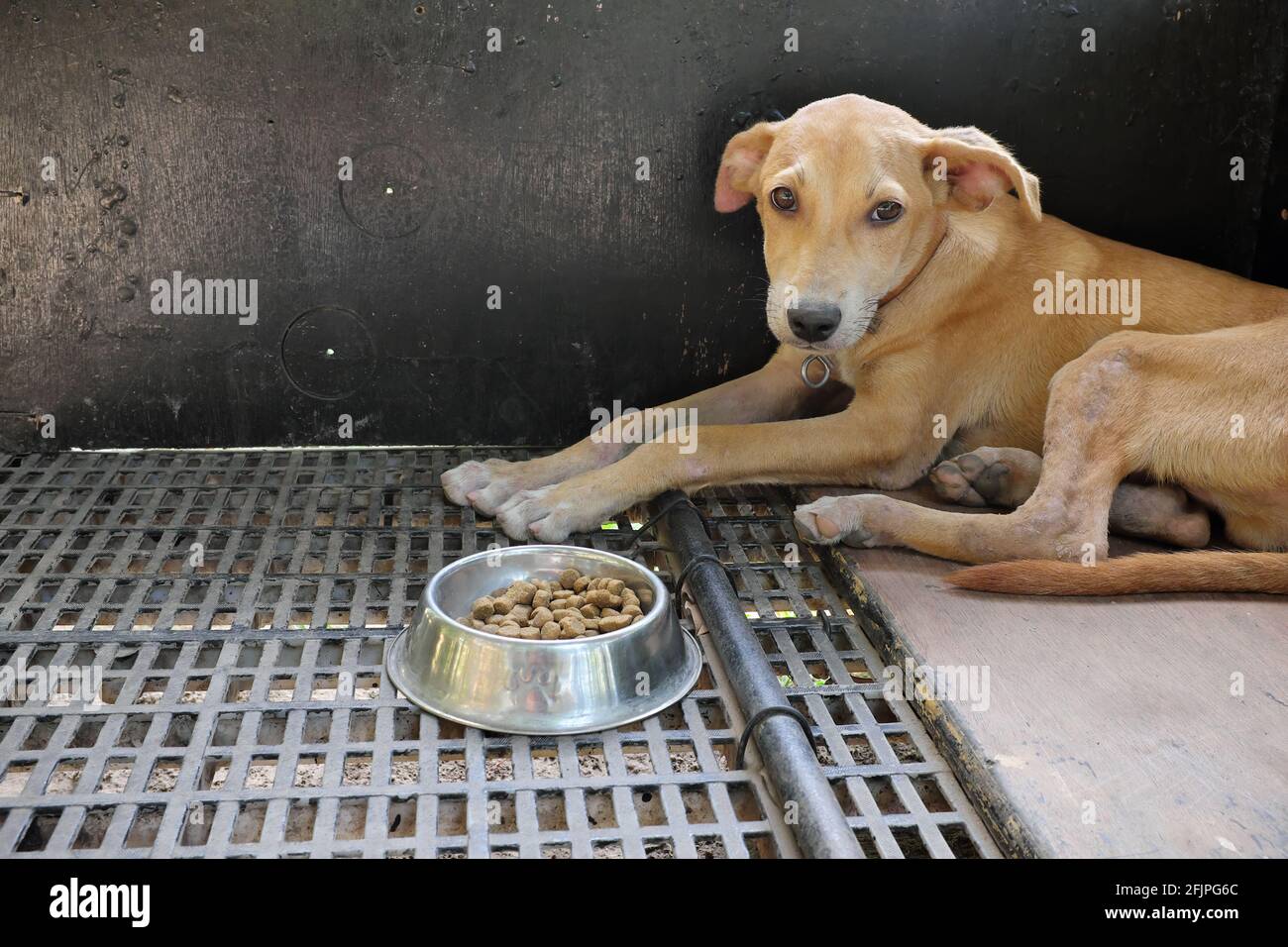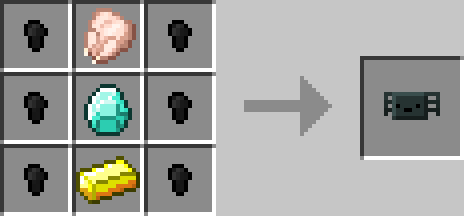
The two big things to worry about if Zippy actually takes a bite are poison and infectious disease. Sniffing and nosing at a dead animal, even one that’s well rotted, is unlikely to do a healthy dog any harm. A dead animal may grow more interesting after it’s had a few days to ripen. Dogs sniff them, paw at them, turn them over, and sometimes pick them up. Most dead animals fascinate Juniper, as they do many dogs. Once we found an opossum that I think was dead. We have found dead squirrels, dead birds, dead rats, dead raccoons, dead cats, and a dead rabbit. I walk my dog in Brooklyn’s Prospect Park most mornings. So it’s a little dull for you to stand around while he takes a detailed smell inventory of the shrubbery now you know how he feels when you spend a century and a half shooting the breeze with a neighbor! But when you’re not in any big rush, let your dog investigate the world in the way that’s most informative and interesting to him. Sure, sometimes you have to get from Point A to Point B and there’s no time to dawdle. We often tend to urge dogs along or even yank them away from an absorbing sniff. Zippy may be signaling non-hostile intent, or the sniffing may be what’s called a “displacement behavior.” These are normal behaviors done at odd times or in odd contexts, and they’re thought to be a sign of conflicted motivation or of stress. You may find that Zippy sniffs the ground when passing a dog whose posture is tense and high.

Finally, notice when your dog has the urge to sniff.

And remember that a meandering, sniffy walk can be more relaxing for your dog than the kind of forced march many humans think an exercise walk has to be.

Use the opportunity to sniff as a reward for attentiveness to you when you’re practicing polite leash walking.

Dogs live in a world of smells, and they mine smells for information.


 0 kommentar(er)
0 kommentar(er)
